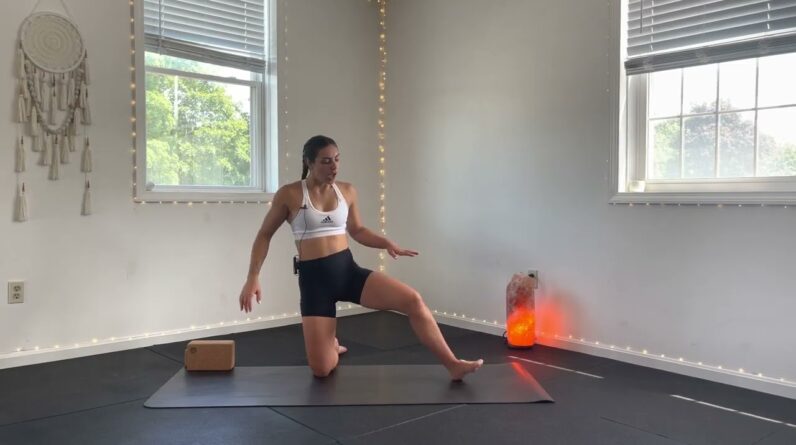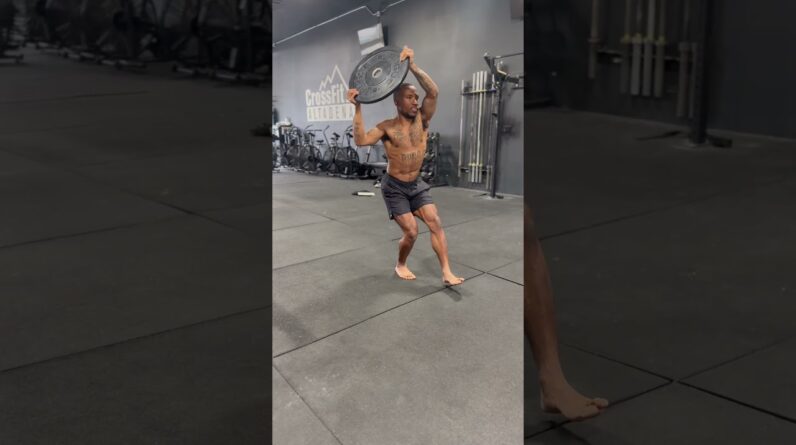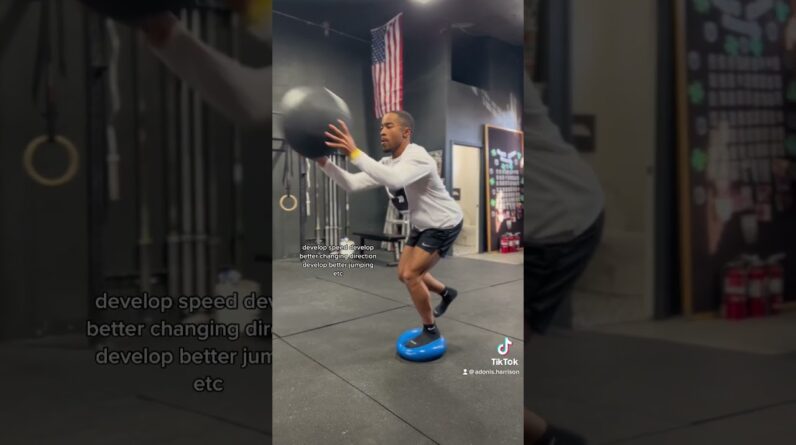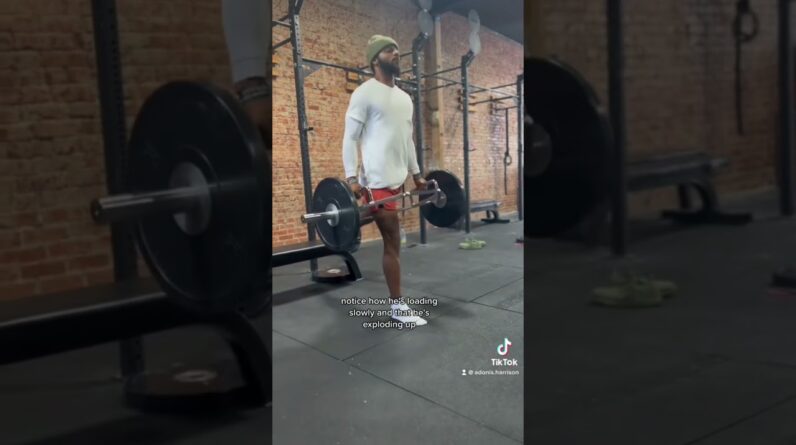Are you an athlete looking to enhance your skills on the court or field? One skill that can make a huge difference in your game is having a higher vertical jump. Whether you play basketball, football or any other sport that requires explosive jumping power, learning how to increase your vertical jump can take your performance to the next level. In this post, we’ll explore some tips and techniques for improving your vertical jump that you can start implementing today.
Introduction:
Being an athlete requires a lot of hard work and dedication, but what if there was a way to improve your performance in a simple and effective way? One way to do this is to increase your vertical jump. A higher vertical jump can improve your agility, explosiveness, and stamina, making you a better athlete overall. Whether you’re a basketball player, a football player, or any other athlete, improving your vertical jump can take your performance to the next level. In this article, we’ll explore the best tips for increasing your vertical jump, so you can achieve your athletic goals.
Understanding the Importance of Vertical Jump:
Before we dive into the tips, it’s important to understand why vertical jump is so important for athletes. First and foremost, a higher vertical jump can help you jump higher on the court or field, giving you a competitive edge. It can also help you move more quickly and efficiently, improving your overall agility. Additionally, a higher vertical jump can help you improve your stamina, as well as your confidence and mental toughness.
Tips for Increasing Your Vertical Jump:
Now that we understand the importance of vertical jump, let’s explore some of the best tips for improving it:
-
Jump Training: One of the most effective ways to increase your vertical jump is to practice jump training. This involves a variety of exercises that work your leg muscles and improve your explosiveness, such as plyometrics, box jumps, and depth jumps. By incorporating jump training into your workout routine, you can see significant improvements in your vertical jump over time.
-
Strength Training: Another important aspect of increasing your vertical jump is strength training. This means focusing on exercises that target your leg muscles, such as squats, lunges, and calf raises. By building up your leg muscles, you’ll have more power and explosiveness when jumping, leading to a higher vertical jump.
-
Flexibility Training: In addition to jump and strength training, flexibility training is also important for increasing your vertical jump. This means stretching your leg muscles regularly, as well as incorporating yoga or Pilates into your routine. Flexibility training can help improve your range of motion and reduce the risk of injury, both of which are critical for athletes.
-
Proper Nutrition: It’s not just about training your body physically – proper nutrition is also important for improving your vertical jump. Make sure you’re fueling your body with the nutrients it needs to perform at its best, such as protein, carbohydrates, and healthy fats. Staying hydrated is also crucial for maintaining your energy levels during workouts.
-
Rest and Recovery: Finally, don’t forget the importance of rest and recovery. Adequate rest is necessary for allowing your muscles to recover and grow, while recovery techniques such as massage or foam rolling can help reduce soreness and increase flexibility. By taking care of your body both inside and out, you’ll see improvements in your vertical jump over time.
FAQs:
Q: How long does it take to see improvements in my vertical jump?
A: This can vary depending on your starting point and how consistently you practice jump training, strength training, and flexibility training. Generally, you can expect to see improvements within a few weeks to a few months.
Q: Are there specific exercises that are best for increasing my vertical jump?
A: Yes, exercises such as plyometrics, box jumps, and depth jumps are particularly effective for improving your explosiveness and vertical jump. However, it’s important to create a well-rounded workout routine that includes both jump and strength training.
Q: Can I improve my vertical jump even if I’m not naturally athletic?
A: Yes! Practicing the tips above, including jump training, strength training, and flexibility training, can help you improve your vertical jump no matter your starting point.
Q: Is it safe to practice jump training on my own?
A: It’s always best to work with a professional trainer or coach when incorporating jump training into your routine. They can help ensure you’re using proper form and technique to reduce the risk of injury.
Q: Can my age or height affect my ability to improve my vertical jump?
A: While age and height can be factors in your athletic performance, they don’t have to limit your ability to improve your vertical jump. With consistent practice and dedication, athletes of all ages and heights can improve their vertical jump and overall athletic performance.
Conclusion:
Improving your vertical jump can be a game-changer for athletes of all levels. By incorporating jump training, strength training, flexibility training, proper nutrition, rest and recovery into your routine, you can see significant improvements in your performance on the court or field. Remember to stay consistent, stay motivated, and always put your health and safety first.







